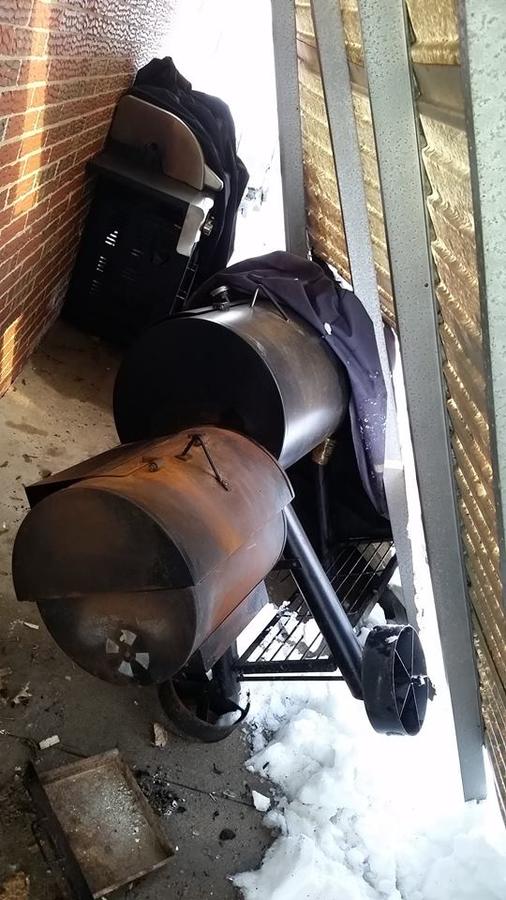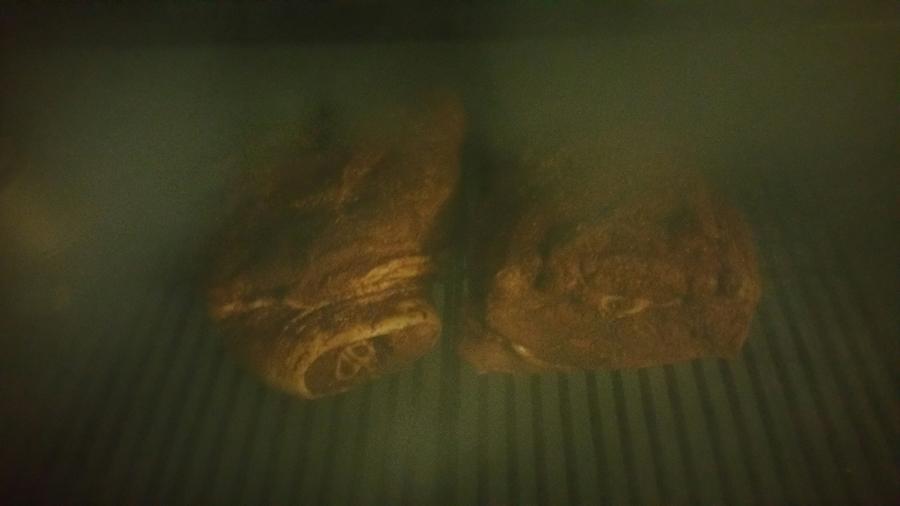oldgamefreak
Newbie
Your stack should stay wide open and you regulate the temp on the fire box side. This will help you from getting the creosote you mentioned. Also your smoke should be thin and blue not thick and white. That's what's killing your flavor. Creosote build up.
If you can't leek the temps down enough with the fire box you have air leaks. Run through the forums to find out how to stop them. You'll be turning out awesome Q in no time.
If you can't leek the temps down enough with the fire box you have air leaks. Run through the forums to find out how to stop them. You'll be turning out awesome Q in no time.







